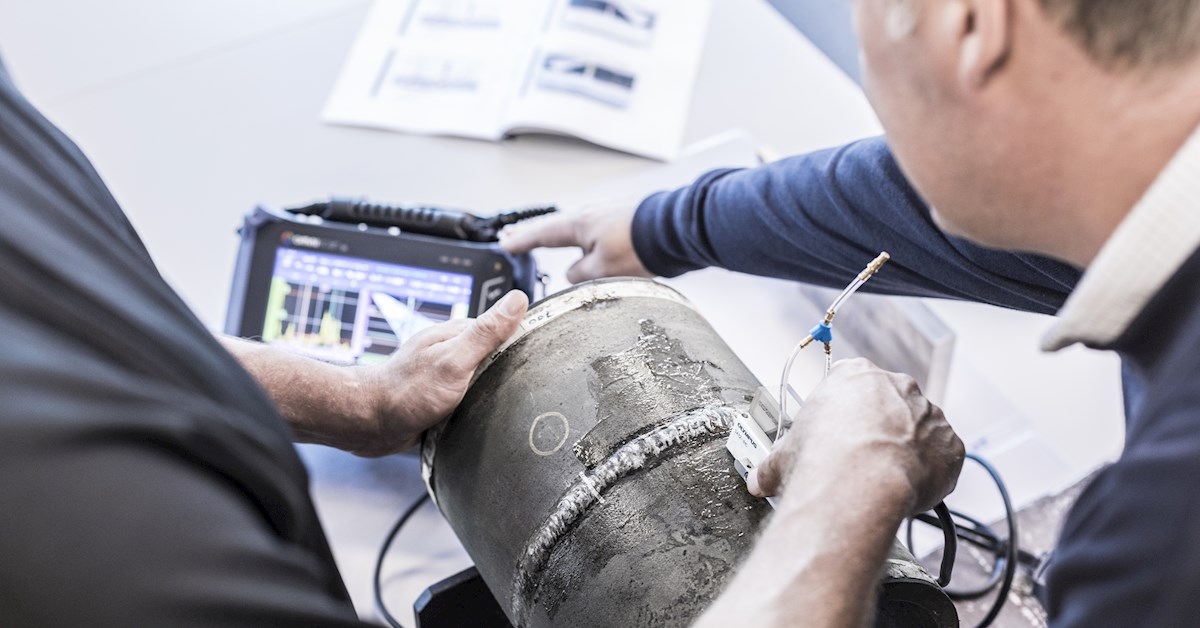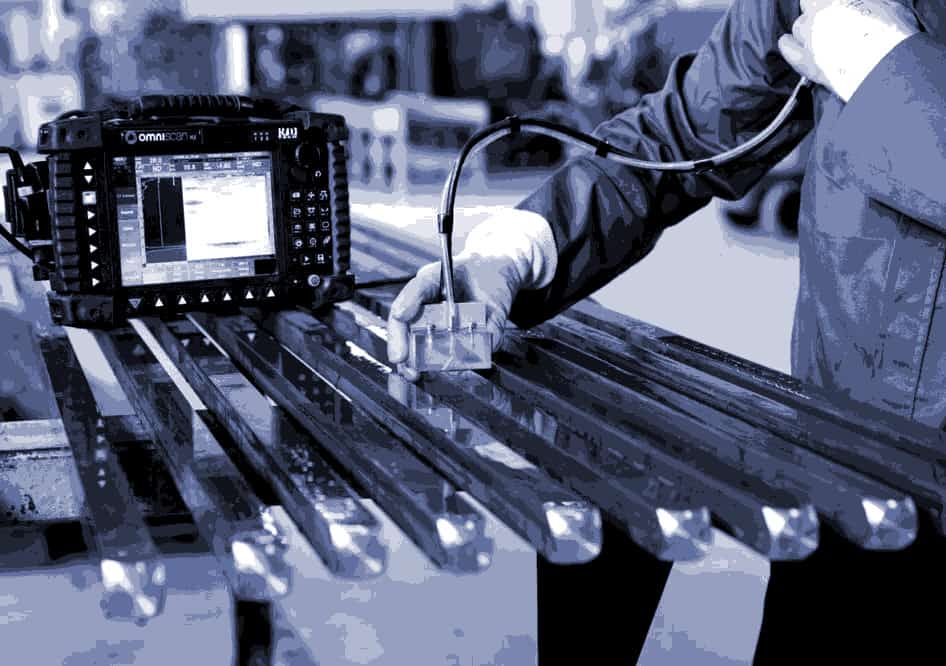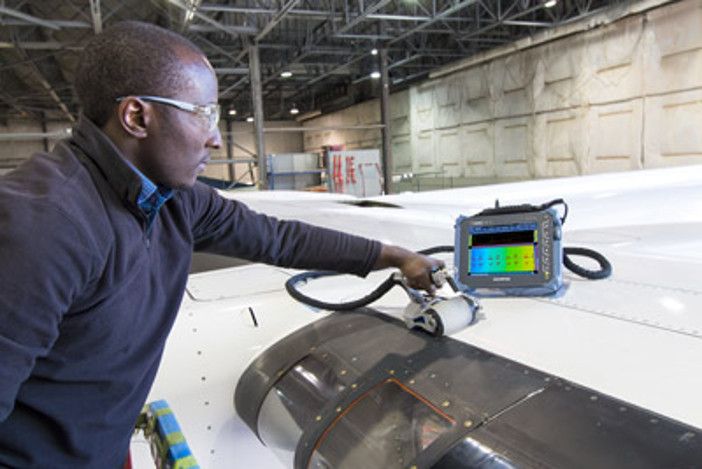In today’s fast-paced industrial landscape, ensuring the efficiency and accuracy of inspection data is paramount. As industries evolve, the need for a reliable system to manage and synchronize inspection data has become critical. This is where blockchain technology comes into play, offering a robust solution for inspection data synchronization.
Blockchain for inspection data synchronization is a game-changer. This technology ensures that data records are not only secure but also easily accessible across the globe. This capability is essential for industries that rely heavily on precise and timely inspection data to maintain quality and safety standards.

What is Blockchain Technology?
Before diving deeper into its application for inspection data synchronization, it’s crucial to understand what blockchain is. In simple terms, blockchain is a decentralized digital ledger that records transactions across many computers so that the record cannot be altered retroactively. This ensures data integrity and security, making it an ideal choice for industries requiring reliable data management systems.
Importance of Data Synchronization
Data synchronization is the process of ensuring that data in different locations are updated and consistent. In the context of industrial inspections, this means that inspection data from various sources must be collected, processed, and shared efficiently and accurately. The use of blockchain for this purpose ensures that all stakeholders have access to the most current and accurate data.
Benefits of Using Blockchain
The use of blockchain in inspection data management offers numerous benefits:
- Security: Data stored on a blockchain is highly secure, reducing the risk of data breaches.
- Transparency: All changes to the data are recorded and visible to all stakeholders, ensuring transparency.
- Efficiency: Blockchain technology streamlines data synchronization processes, making them more efficient.
Challenges and Solutions
Implementing blockchain for inspection data synchronization does come with challenges, such as the need for technological infrastructure and integration with existing systems. However, these challenges can be addressed through strategic planning and investment in the necessary technology and training.
Application in Industry
The application of blockchain in industry is vast. For instance, it can be used for the synchronization of optical inspection devices, ensuring that all devices are updated with the latest inspection data. This is crucial for maintaining the accuracy and reliability of inspection results.
Moreover, blockchain can aid in the machine learning for frequency optimization, enhancing the overall efficiency of industrial operations.
Case Study: Manufacturing Sector
In the manufacturing sector, blockchain has been successfully used to synchronize data during calibration tests. This ensures that all equipment is operating within the desired parameters, reducing downtime and improving productivity.
The Future of Blockchain in Data Synchronization
The future of blockchain in inspection data synchronization looks promising. As industries continue to adopt this technology, we can expect to see more efficient and secure data management practices becoming the norm. This will not only enhance operational efficiency but also improve compliance with industry regulations.
Conclusion
In conclusion, blockchain for inspection data synchronization is a transformative technology that offers numerous benefits to industries worldwide. By ensuring data accuracy, security, and transparency, blockchain is set to redefine how industries manage and synchronize their inspection data.

FAQ
What is blockchain?
Blockchain is a decentralized digital ledger that records transactions across multiple computers, making data secure and immutable.
How does blockchain help in data synchronization?
Blockchain ensures that data is consistently updated across all platforms, enhancing data accuracy and reliability.
What industries can benefit from blockchain for data synchronization?
Industries such as manufacturing, logistics, and healthcare can significantly benefit from using blockchain for inspection data synchronization.
For more detailed regulations and industry standards, visit the HSE website.
This article contains affiliate links. We may earn a commission at no extra cost to you.
